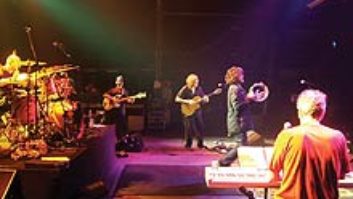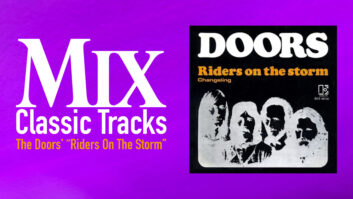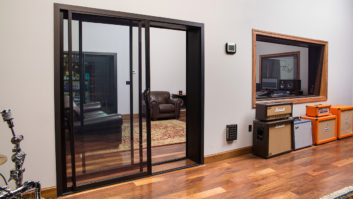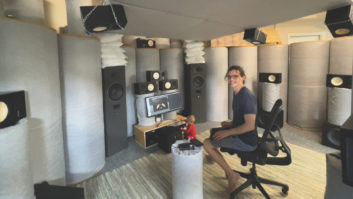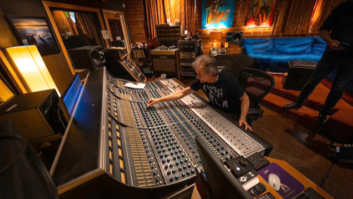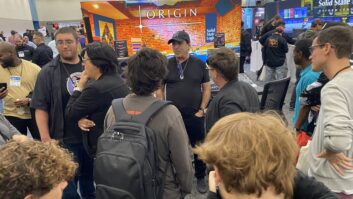
I first saw the Doors perform before they were major stars, at an all-night rock club with a revolving stage in Hollywood. It wasn’t until 1980 that I met Ray, however, when I moved to the Hollywood Hills. At the time, I didn’t recognize the neighbor who lived across the street, and when I asked him what he did, he moved his fingers as if playing a piano and modestly replied, “Oh, I used to play keyboards in a rock group.”
We became friends and over the years, I interviewed and photographed Ray numerous times. He was always there for me, writing blurbs for my books, joining me as a guest at panel discussions and at my book signings. A true original, Ray never wavered from his stance as a courageous artist and a visionary spokesman who decried hypocrisy, both political and artistic.
Here is an interview from my Faces of Music collection. Ray’s endorsement on the cover reads, “In brilliant words and images, Mr. Bonzai digs deeply into the fine art of making music.” Ray’s encouragement was so natural and down to earth, and so important in my life. When you called Ray and he barked out that customary gruff, “Hello,” you had to be ready to speak the truth and not waste his time. If you were lucky, he would dazzle you with wild stories and shock you with his honesty.
****************************
What is the major difference between recording in the 60s and now?
More tracks. Nothing has really changed in the creation of music since that first guy started beating on a log and that woman found a reed with holes and blew in it and got a whistling sound. The art of making music has always been exactly the same. You immerse yourself in the energy of the universe and pluck your note. How you actually physically record it—who cares?
Why has the music of the Doors endured?
The Doors represent a kind of freedom, an alternative to today’s restricted world that we live in. After the explosion of consciousness in the ’60s, in which we were able to bring our consciousness up and see things outside of ourselves, we’re now locked up inside ourselves again as individuals and as a society. The Doors were free and the Doors hint that you can be free.
What’s the most important thing you learned from Jim Morrison?
Table manners. Not to lift up your slice of bread and butter it. Leave your bread on the bread plate. And don’t use your coffee spoon to take the sugar out of the sugar bowl. That’s why you have a separate spoon.
Business advice?
Business is very, very easy. Give everybody their fair share and don’t drive yourself crazy over nickel-and-dime stuff in your contracts. Get your percentage, get some front money, recording costs, and you’re outa there. You could try to do what the Doors did. We made a four-way split. Morrison, God bless him, said, “There’s only four guys in the band. We all do something, but then we put it into the Doors mind and out come Doors songs. Let’s just make it a four-way split.” And it’s been easy ever since.
Can you recall one ridiculous studio anecdote?
Well, it’s not ridiculous, but Jim hosed down the studio after we recorded “Light My Fire.” We were just smoking and burning, and afterwards he hadn’t had enough. He came back to the studio and it was closed. I think he had ingested a certain hallucinogenic substance that was legal at the time, LSD. He climbed the fence, sneaked into the studio, there wasn’t a soul in the place, and a red work light was on. In Jim’s hallucination, that red light made the place look like it was on fire. He saw flames and went right to the hose and hosed down the recording studio. He put the fire out, turned the water off and left in peace. He had done his job.
